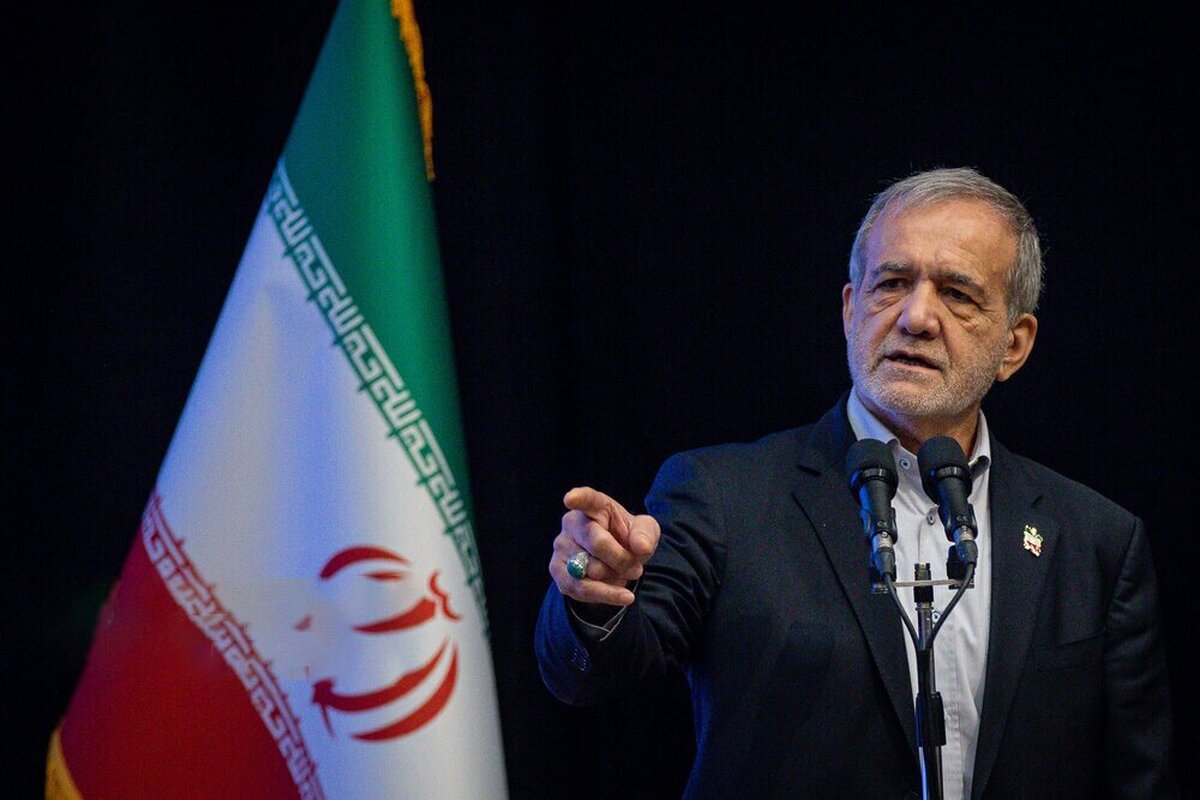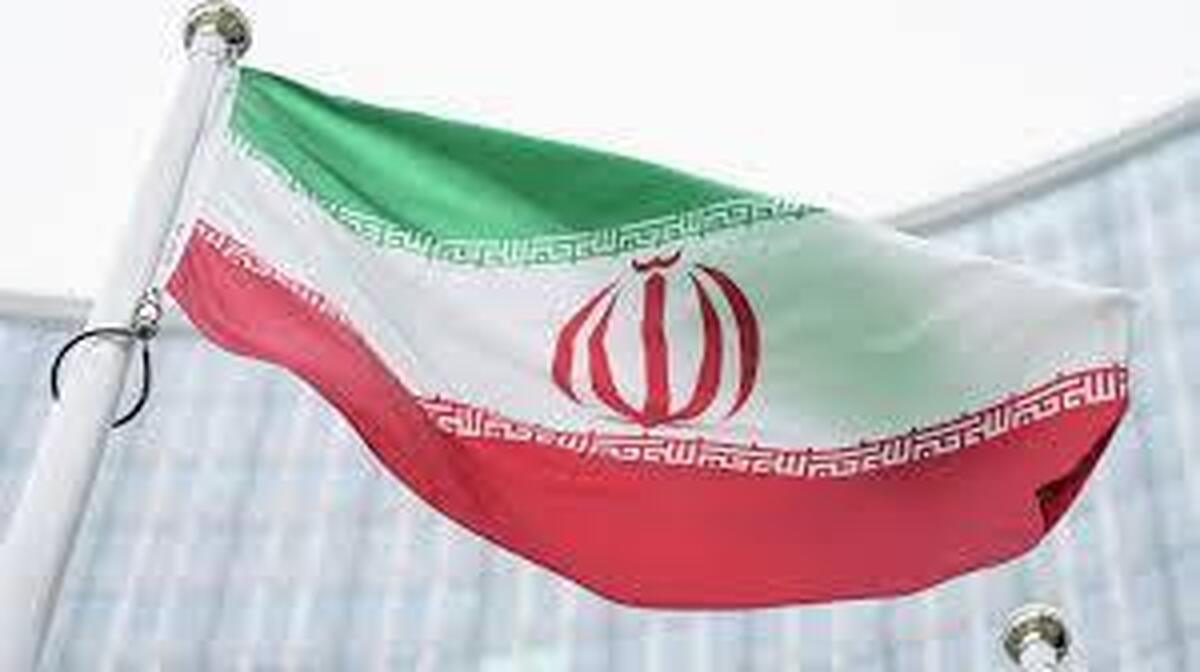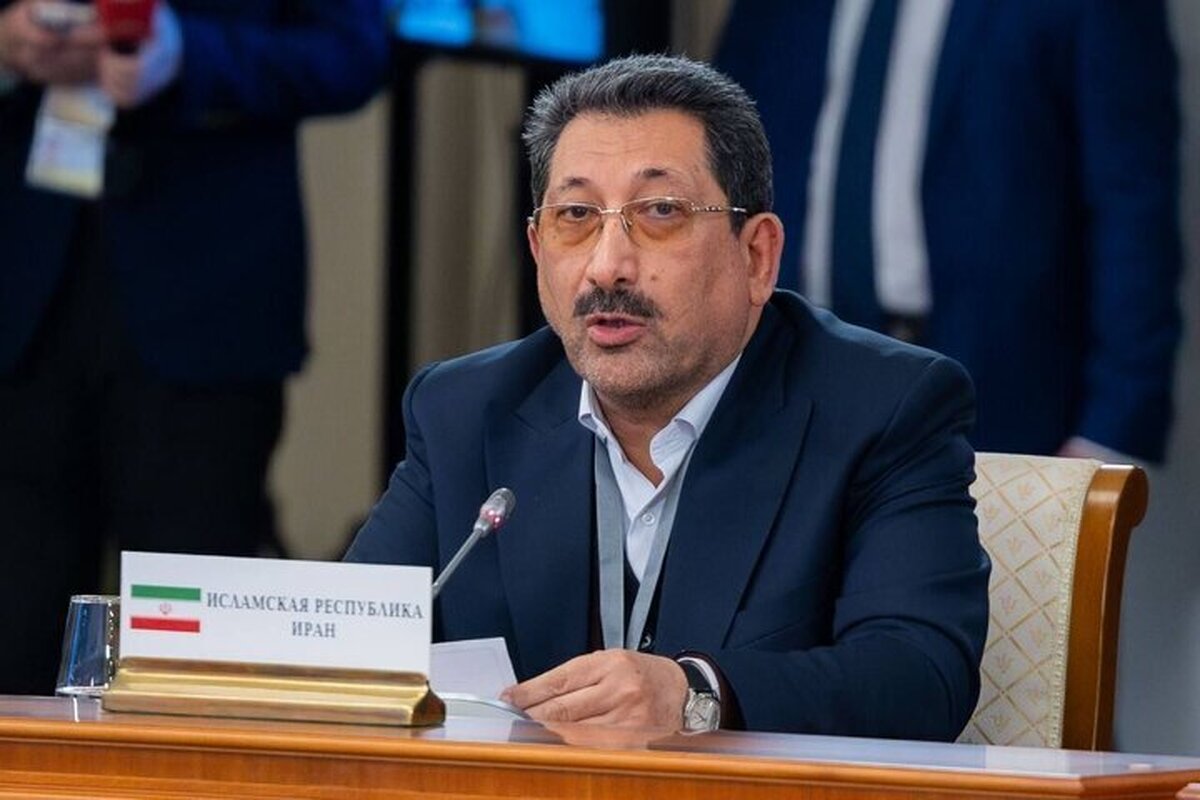
Iran, EAEU Hold New Round of Free Trade Talks
EghtesadOnline: A new round of negotiations between Iran and the Eurasian Economic Union regarding their preferential trade agreement was held in Moscow on April 27-28.
According to the adviser on international affairs and trade agreements of Trade Promotion Organization, fresh talks were mainly focused on finalizing the text of the prospective free trade agreement.
Mirhadi Seyyedi added that representatives of Iran and five EEU member states discussed the lists of goods that will be included in the agreement.
“The free trade agreement stipulates that tariffs on 80% of goods will gradually decline to zero and those on the remaining 20% remain unchanged. At present, the text of the agreement has been largely sorted out; there are few points left for further consideration. Talks will continue in the coming months and the agreement will be finalized by the end of 2022,” he was quoted as saying by Mehr News Agency.
Iran and the Eurasian Economic Union signed a three-year provisional agreement in Astana, Kazakhstan, on May 17, 2018, for the bloc to welcome Iran into EEU. The arrangement, which lowered or abolished customs duties, was the first step toward implementing free trade between Iran and the five members of the union.
The average tariff set by the Eurasian Economic Union on Iranian goods as part of the preferential trade agreement stands at 3.1%, while the figure is 12.9% for EEU goods exported to Iran.
Iran and EEU listed 862 types of commodities in their three-year provisional trade agreement. As per the deal, Iran enjoys easier export terms and lower customs duties on 502 items and the same goes for 360 items from the EEU member states.
“Our exports need to measure up to the standards of the EEU market. To arrive at this goal, we have established offices in Moscow and Yerevan to help with the export of Iranian goods and guide traders on the demands of destination markets,” Managing Director of Iran-EEU Export Consortium Center Amir Abbas Afshar-Amin was quoted as saying by the Persian daily Ta’adol.
As per an agreement with EEU, said the official, the raw materials of the end products destined for exports to the bloc will be procured meticulously so that Iranian products could compete with rivals in the Eurasian market.
“A lot of our processed foodstuff, including dried nuts, dates, pasta, different types of pastry, chocolates and canned food, already have the required standards to be exported to EEU’s five member countries. We also have great potential in export of faucet and textile.”
Unfortunately, added Afshar-Amin, most of Iran’s raw agricultural products do not meet EEU’s required standards.
“Some of our dates, for example, are not disinfected on par with EEU standards. This is why the consortium has decided to step in and process such goods as demanded by these export destinations.”
Afshar-Amin noted that the consortium has rented shelves in chain stores across the bloc as part of its measures to facilitate exports of Iranian products.
“Another field where Iranian businesses are capable of producing high quality end products is the furniture and wooden artifacts industry. Yet, there are shortcomings in the production chain of furniture regarding raw materials. To overcome this problem, an export consortium has been founded which is mainly responsible to provide businesses active in the field with high quality raw materials, including fabric, sponge, particle boards and wood, at prices lower than those in our domestic market. This is the biggest agreement ever made with our furniture industry to procure specific raw materials and complete the production chain.”
66% Rise in Annual Trade to $5.6 Billion
Iran’s trade with Eurasian Economic Union member states stood at 13.13 million tons worth $5.64 billion in the fiscal 2021-22 (ended March 20), registering a 51% and 66% year-on-year growth in weight and value respectively, according to Rouhollah Latifi, spokesman of the Islamic Republic of Iran Customs Administration.
Exports to the five member states hit 2.77 million tons worth $1.17 billion, up 3.5% and 12% YOY in terms of weight and value respectively.
Russia with 1.14 million tons (up 8% YOY) worth $583.66 million (up 10% YOY) was the top export destination during the period. It was followed by Armenia with 1.05 million tons (down 15% YOY) worth $302.34 million (down 0.5% YOY), Kazakhstan with 517,628 tons (up 54% YOY) worth $188.87 million (up 13% YOY), Kyrgyzstan with 45,873 tons (up 56% YOY) worth $78.9 million (up 72% YOY) and Belarus with 11,934 tons (up 77% YOY) worth $16.81 million (down 20% YOY), IRNA reported
Imports stood at 10.37 million tons worth $4.47 billion, registering a 73% and 90% YOY growth in weight and value respectively.
Russia was also the top exporter to Iran with 9.1 million tons (up 74% YOY) worth $4.05 billion (up 92% YOY). It accounted for 88% of the total weight and 91% of the value of Iran’s total imports from EEU during the period.
Livestock feed, essential goods and edible oils were the main imported commodity from Russia.
Kazakhstan came next with 1.24 million tons (up 67% YOY) worth $379.27 million (up 88% YOY), Belarus with 9,280 tons (down 28% YOY) worth $28.61 million (down 8% YOY), Armenia with 4,475 tons (down 29% YOY) worth $9.07 million (up 24% YOY) and Kyrgyzstan with 935 tons (down 57% YOY) worth $1.66 million (down 35% YOY).




